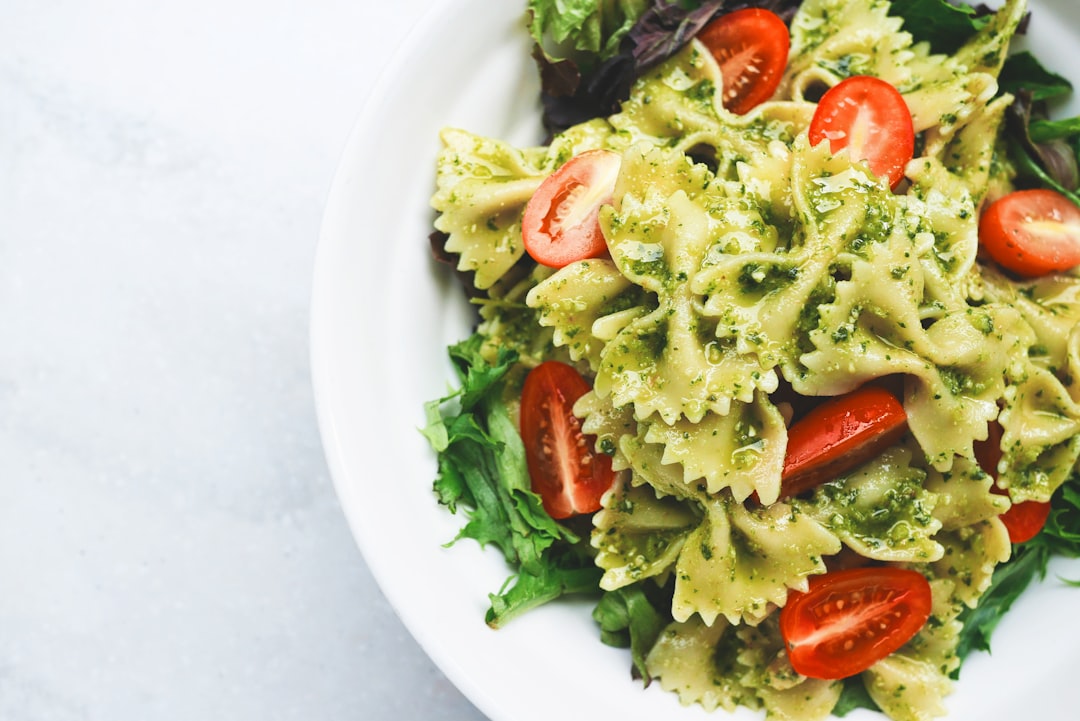
Savoring the World: Traditional Foods You Must Try
# Introduction. Travel offers a unique chance to experience different cultures through their culinary delights. Food serves as a gateway to understanding a community's history, traditions, and lifestyle. This blog post explores traditional foods from diverse regions, spotlighting dishes that you must try on your travels. From local street foods to grand family recipes, these traditional foods not only fill your stomach but also nourish the soul. # 1. Italian Risotto: Comfort in Every Grain. When you think of Italy, pasta often comes to mind first. However, risotto deserves an equal place on the table. Originating from Northern Italy, this creamy rice dish is traditionally made with Arborio rice, which absorbs ample broth, creating a satisfying texture. Varieties, like Risotto alla Milanese prepared with saffron, and seafood risotto from the coastal regions showcase the versatility of this dish. To savor the flavors truly, seek out a nonna (grandmother) in a small town, where you might find the recipe passed down through generations. # 2. Japanese Ramen: More than Just Noodles. Ramen has exploded in popularity, but tasting authentic ramen in Japan is a different experience altogether. Originating from Chinese noodle dishes, it has evolved into a unique Japanese form featuring rich broth, springy noodles, and a variety of toppings, including chashu pork, nori, and egg. Each region boasts its own specialty – from tonkotsu in Fukuoka to miso ramen in Hokkaido. The best part? Visiting a ramen shop and slurping your noodles is not only accepted but encouraged, as it's a sign of appreciation for a well-cooked meal. # 3. Mexican Mole: A Rich Tapestry of Flavors. Mole, often considered Mexico's Holy Grail of sauces, is a complex blend of ingredients, including spices, chocolate, and chili. Its origin traces back to ancient Aztec recipes, and over time, it has been refined into various regional styles. The most famous of these is Mole Poblano, featuring a deep, rich flavor perfect over turkey or chicken. Sampling mole at a traditional celebration offers a taste of culture and craftsmanship at its finest. Look for local markets and home kitchens to discover the different variations unique to the region. # 4. Indian Biryani: A Feast for the Senses. Biryani is a fragrant, spiced rice dish that embodies the diversity of Indian cuisine. Traditionally, it combines marinated meat with layers of rice, cooked together with herbs and spices, resulting in a medley of flavors and aromas. Originating from the Mughal kitchens, each region interprets Biryani uniquely: the hyderabadi biryani employs saffron, while the Kolkata version includes potatoes. Sharing a plate of biryani with friends or family forms communal ties and enhances the enjoyment of this iconic meal. # 5. Thai Pad Thai: The Balance of Sweet, Sour, and Savory. Initially a street food staple, Pad Thai has soared in global popularity, yet tasting it in Thailand reveals layers of flavor and history. This stir-fried noodle dish combines rice noodles, vegetables, protein (often shrimp or chicken), and a signature sauce made from tamarind, fish sauce, sugar, and lime. Each bite bursts with the quintessential Thai balance of sweet, sour, salty, and spicy. Visit a bustling night market to enjoy an authentic version, freshly cooked in front of you while experiencing the local atmosphere. # 6. Greek Moussaka: Layers of Flavor. Moussaka is a classic Mediterranean dish, often associated with Greece, featuring layers of eggplant, minced meat, and béchamel sauce. With its origins in the Middle East, each version varies from region to region. Traditional Greek Moussaka has a creamy, baked top and is best enjoyed as part of a leisurely meal shared with family. Whether you're dining in a taverna in Athens or a seaside restaurant, savor this dish to experience the heart of Greek hospitality and culture. # Conclusion. Food is a universal language that transcends borders and connects people through shared experiences and traditions. Exploring traditional foods while traveling allows you to appreciate the culture and history behind each dish profoundly. From the comforting layers of Italian risotto to the vibrant spices of Indian biryani, every meal is a chapter in the story of a place. So embark on your culinary journey and savor the world, one dish at a time! .







